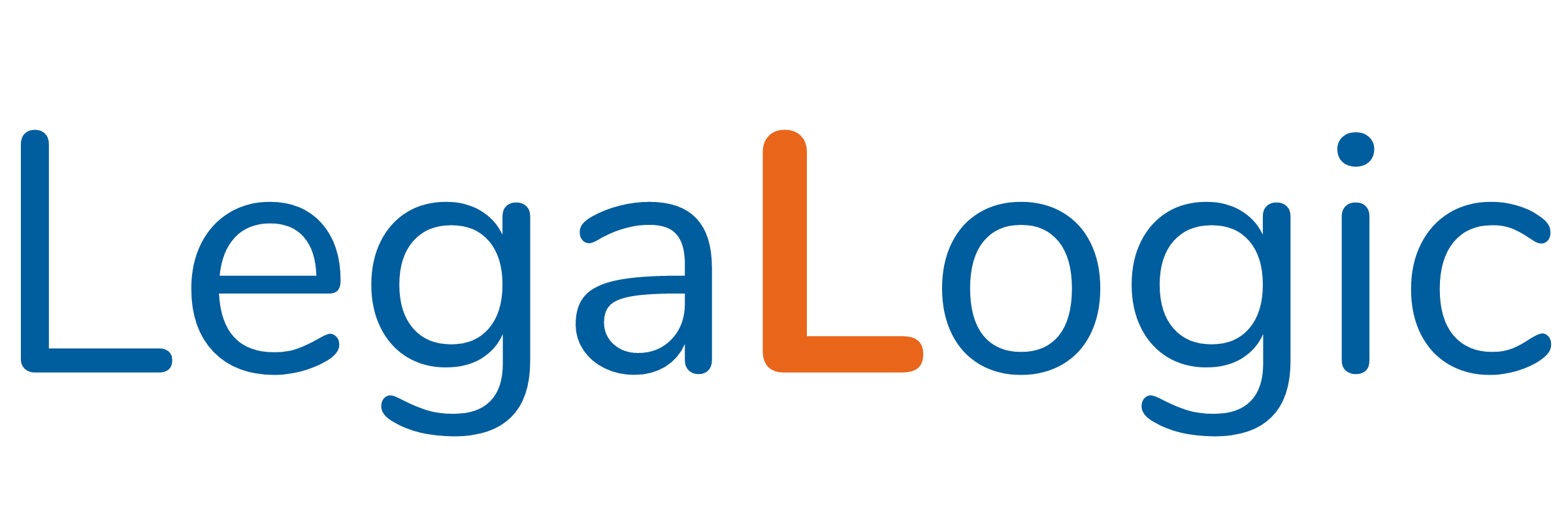Employment Law Newsletter: Nomination and Declaration: Are you Compliant?-June 2021
In the event of an employee passing away, for payment of statutory benefits such as Provident Fund, Gratuity, Salary Dues and Assurance Benefit under EDLI, there are separate nomination and declaration forms prescribed under the respective statutes. The nominations must accordingly be in place for the payment of the benefits to the nominee. From the compliance perspective, the funds and the method that should be followed to disburse them after ascertaining the nominee is as follows:
1. Employees’ Provident Fund (“EPF”):
a. Under the Employees’ Provident Funds and Miscellaneous Provisions Act, 1952, (“EPF Act”) upon the death of an employee, the EPF amount is processed in the respective EPF account. These accounts are managed by the EPF authorities and the nominee or legal heir of the deceased employee needs to file application in prescribed form to withdraw the amount credited in the deceased employee’s EPF account. In the event there is more than 1 nominee, then the amount is distributed between such nominees relative to the % of share of nomination.
b. As the EPF Scheme, 1952 (“Scheme”) a nomination made prior to marriage of the deceased employee becomes redundant after marriage and a separate nomination is required in lieu after marriage of such employee.i
c. If the nomination is not made in the prescribed statutory form, then the amount of EPF contribution of the deceased employee will be rendered payable to the members of the family of the deceased in equal ratio. ii
d. Moreover, the EPF amount can be withdrawn only by the valid nominee and in absence of the valid nominee by a member of the family of the deceased employee. As per Scheme, “family” means and includes the dependent parents, wife, children and deceased son’s widow and children.
2. Gratuity:
a. The Payment of Gratuity Act, 1972 (the “Gratuity Act”), provides that upon the death of the employee, the Gratuity amount is disbursed to the valid nominee of the deceased employee.iii The Gratuity Act further provides that a valid nominee can only be a person who is defined as “family” within the meaning of section 2(h) i.e. in relation to the male employee, his dependent parents, wife, children and deceased son’s widow and children. Any person other than the valid nominee cannot be considered for payment of the Gratuity amount.
b. The valid nominee is required to make the application to the employer in a prescribed format in this regard and within 15 days of the receipt the application and upon verification of the identity of the nominee, the amount can be paid to the nominee.
c. The Gratuity amount is payable by cash/demand draft/ cheque to the nominee.iv
d. In the event the employee survives the nominee, then amounts payable as gratuity shall be paid to the legal heirs of the deceased employee.v
3. Payment of dues (Salary):
The Payment of Wages Act, 1936 (“Wages Act”) provides that in the event the wages are due to be paid to the employee on account of his death, then such wages/salary become a due and payable by the employer to the nominee of the deceased employee, if there is no nominee or for some reasons the amount cannot be paid to the nominee then, the amount is deposited with the prescribed authority who then will disburse the amount in prescribed manner. Once the wages’ amount has been paid by the employer to the nominee or the authority, as the case may be, the employer is discharged of its obligations under the Wages Act. Thus, it is important to confirm the nominee identified by the deceased employee and accordingly make payment to such nominee or in absence of nominee, to such authority as may be prescribed.vi
4. EDLI:
Under the Employees’ Deposit-Linked Insurance Scheme, 1976 the Assurance Benefit is payable to the nominee(s) which are appointed under the Employee Provident Fund Scheme.vii For claiming the Assurance Benefit, the nominee/claimant can make an application in the prescribed form and get it attested from the Employer and submit the same to the EPF Commissioner. The payment method can be opted by the nominee and can be as follows:
a. By postal money order
b. By deposit of the amount in payee’s bank account (in scheduled bank/ co-operative bank account/ post office)
c. By deposit in payee’s name in form of annuity term deposit scheme of any Nationalised Bank
d. Through the employer
Furthermore, for all the above statutory benefits, the nominee holds the amount received by him/her only as a trustee/custodian and hence, will not entitled to the benefits of such amount received. It is a settled position of law that the nominee is not the ultimate beneficiary to receive the amount payable by the employer in the event of an employee’s death, but the nominee merely holds the property in trust and is responsible for handing over the appropriate share as per the Hindu Succession Act, 1956 to the legal heirs of the deceased person. In the case of Shipra Sengupta vs Mridul Sengupta ((2009) 10 SCC 680), the Hon’ble Supreme Court of India has categorically held that as per the principles of law the nominee is only a hand which accepts the amount, and accordingly a nomination does not confer any beneficial interest in the nominee.
Upholding the decision of the Hon’ble Supreme Court’s in Sipra Senguta’s case, in 2019, the Calcutta High Court in Arati Ballav vs State of West Bengal and Ors.[ W.P. No. 6420 (W) of 2018] stated that the nominee can only maintain a claim before the provident fund authority to receive the provident fund dues of deceased and thereafter, the nominee has the obligation to disburse the entire amount to the legal heirs of the deceased.
Social Security Code, 2020:
The enactment of the Code on Social Security, 2020 (SS Code) has subsumed all the statutes with respect to the abovementioned statutory benefits. Since the rules to the Code have not yet been notified, hence, it is not clear if there will be a single nomination form for all the statutory benefits after the SS Code is enforced. However, looking at main objective behind the consolidation of all the social security legislations in India as well as the language of the bare SS Code, it seems highly likely that there will be a single nomination form for all the above mentioned benefits which will relieve the employers from the hassle of maintaining multiple records.
Amendment to EDLI Scheme
The Indian Ministry of Labour & Employment recently amended the Employees’ Deposit-Linked Insurance Scheme, 1976 (“EDLI”) via Gazette Notification No. GSR 299(E) dated April 28, 2021. Moreover, the amendments made pursuant to the aforementioned notification will remain in force for a period of 3 years from their date of publication in the Official Gazette.
Previously, as per Section 22(3) of the EDLI, in the event of death of an employee, who is member of the Fund and served the employment in an establishment for a continuous period of 12 months, preceding the month in which the said employee died, then person entitled to receive the provident fund accumulation of such deceased employee, additionally received an assurance benefit in following manner:
a. Assurance Benefit Calculation: Average monthly wages drawn subject to a maximum ceiling of Rs. 15,000, during preceding 12 months from the month the employee died) x 30 + 50% of the average balance in the account of deceased employee in the fund during the preceding 12 months or the period of the membership whichever is less subject to a ceiling of Rs. 1,50,000.
b. Assurance Benefit Cap: It is to be noted that the above benefit should not be less than Rs. 2,50,000. However, this amount shall not exceed Rs. 6,00,000 or the benefit calculated above, whichever is higher.
Amending the abovementioned provision, following changes have been observed:
a. Assurance Benefit Cap: The maximum limit of the assurance benefit cap has been increased has been increased to Rs. 7,00,000 from the erstwhile maximum cap of Rs. 6,00,000.
b. Assurance Benefit Formula: There is a change in the formula for calculation of assurance benefit and henceforth the same shall be calculated as :(Average monthly wages drawn,subject to maximum Rs. 15,000, during preceding 12 months from the month the employee died) x 35 + 50% of the average balance in the account of deceased employee in the fund during the preceding 12 months or the period of the membership whichever is less subject to a ceiling of Rs. 1,50,000.
c. Establishment: The Assurance Benefit shall be extended to such beneficiaries where the deceased employee was a member of the Fund and was in employment for a continuous period of 12 months preceding the month in which he died, irrespective of change of establishment during the said period. This means, the employee need not be employed with the same employer for past 12 months.
Linking Aadhaar with UAN
In consonance with the provisions under the Aadhaar (The Targeted Delivery of Financial and Other Subsidies, Benefits and Services) Act, 2016, every employee/worker, whether in the unorganised sector or otherwise, has to establish his/her own, his family member’s, his/her dependents’ identity, as the case may be, via the Aadhaar Number (Section 142 of SS Code). Such compliance is mandatory in cases where an employee seeks any or all of the following:
a. registration as member or beneficiary;
b. seeking benefit whether in kind, cash or medical sickness benefit or pension, gratuity or maternity benefit or any other benefit or for withdrawal of fund;
c. availing services of career center; and/or
d. receiving any payment or medical attendance as Insured Person himself or for his dependents as per the Schemes under the SS Code.
Pursuant to enforcing and bringing into effect the abovementioned provision i.e. Section 142 of the SS Code on May 3, 2021, the Employees’ Provident Fund Organisation (“EPFO”) notified a new compliance guideline for all the employers regarding the seeding and verification of the Universal Account Number (“UAN”) with the Aadhaar Number. Following shall be noted by all the members of the Fund:
a. The abovementioned guideline has to be complied with by all the members of the EPF Fund with effect from June 1, 2021.
b. The Electronic Challan cum Return (“ECR”) will only be allowed for those members who have successfully seeded and verified their UAN with Aadhaar.
c. If the respective EPFO Accounts are not linked/seeded and verified with Aadhaar then the employer’s EPF contribution will not be credited to the employee’s EPF Account.
d. The procedure for linking Aadhaar with the respective UAN and thereby its verification is completely online.
e. Please note that the UAN shall both be seeded and verified by the Aadhaar Number and failure to do either of the aforementioned will cause non-compliance.




